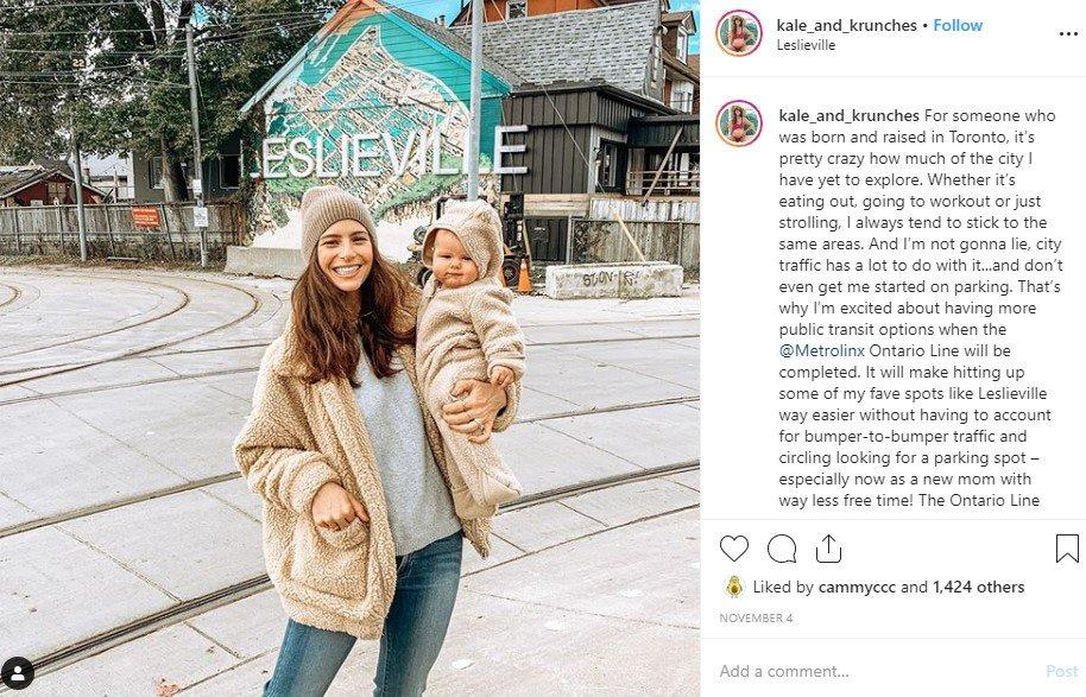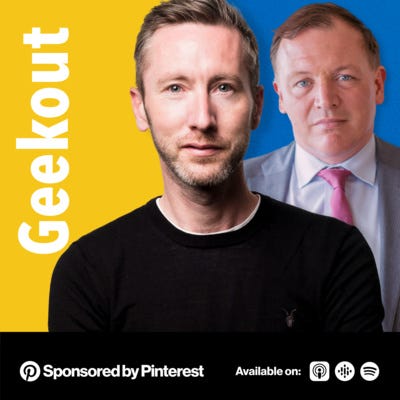Vanity Metrics #4
2020: "You’re doing great, even if it might not always feel that way".
Welcome to the new decade. This’ll be a short and sweet round-up of what you might have missed in the off-season, or whatever you call your holidays. Plus, one big story that’s underreported but important. Let’s get to it.
The Big Stuff

PIERRE CROM/GETTY IMAGES
Influencer washing is now a thing.
Spending big cash to hire influencers, models, celebrities, and media to convey a message or create the illusion of truth isn’t exactly new. And it’s definitely not new for social campaigns in the last few years. But how is influencer washing different from run of the mill influencer marketing? Like greenwashing, influencer washing is a deliberate attempt by brands/entities to rejuvenate their reputations or promote products with dubious claims. And if some recent examples are any evidence, it isn’t a great tactic in the era of authenticity. For one…
Saudi Arabia, a country with a track record of serious human rights issues, has been spending billions of dollars on image rehab since the well-publicized killing of journalist Jamal Khashoggi. That didn’t seem to matter to influencers and media who happily posted Fyre Festivalesqe images to social media around the recent MDLBeast Music Fest…
The alleged six-figure payments handed out to influencers and media outlets like Conde Nast was likely paid for by the Kingdom itself. The reactions have been negative, to say the least…






Closer to home (for me), Metrolinx, the Canadian Crown Corporation responsible for building most of the new public transportation in Southern Ontario, has also gotten into the Influencer Washing business. The company has recently hired at least 6 different social media influencers to create content promoting the new Toronto subway line announced by the provincial government under the #mxitshappening hashtag…


The problem is, nothing has actually been built. In fact, many of the stops the influencers are touting haven’t even been sited or confirmed or funded yet. Many have expressed concern that this is way too premature, that the current Ontario government, desperate for some positive press, is suggesting progress years ahead of where it actually is…

@kale_and_krunchies /Instagram (no longer appears in her timeline)
"It should be like, 'Hashtag, It may be happening, if all the stations that we're promising are approved, and we can secure the funding, and if another government doesn't scrap all our plans,'" - Josh Mattlow, Toronto City Councillor
Metrolinx declined to reveal how much it has spent so far on the campaign, which also includes influencers and tv personalities for the intercity GO Transit expansion and the almost complete Hurontario light rail line, despite requests from other politicians…


I’m sure this doesn’t bear repeating, but you can’t spend your way out of a bad situation. But while no single ad campaign has ever changed public perception (I Heart NY is a great example, and even that took years to catch on), this is something different. This is a mass media approach leveraging the distribution power of social platforms and personalities to collectively push a single message. And that should be seen as a double-edged sword. The upside: a powerful way to push a unified message across a broad spectrum of demographics has never been easier. The downside: bad actors or those with little regard for the truth have been given a big bullhorn in a place where fact-checking and thoughtful discourse is currently and sadly lacking. And all it takes is a lot of cash.
Bonus for your phonus: Check out The Toronto Star’s Ben Spurr on The Big Story Podcast talking about the rise of Influencers and Politics here!
The Small Stuff
TikTok parent company, ByteDance, is considering a sale of its US stake to help assuage fears of Chinese government involvement in the app through ByteDance. This accompanies the recent release of its first transparency report, which notes it did not receive any takedown requests from China (note: TikTok is not available in China).

Fake news has hit the singularity. The Epoch Times has been using AI-generated profiles to run Pages designed to push paid ads on Pro-Trump conspiracy theories. Over 600 Pages in total were removed.
Related: It’s scarily easy to generate fake profile images. Check out This Person Does Not Exist, each refresh generates a photorealistic and completely fictional person.
Facebook’s Brand Collab Manager will now include Instagram “Creators”. Brand Collab Manager is basically a marketplace for qualified brand pages to search and hire creators/influencers for campaigns.
Snapchat is testing “Swipe to Call” ad units for brands (currently testing in the Middle East, where voice calls still dominate over texting).
Instagram is banning influencers from pushing vaping products, tobacco, and guns through its Branded Content ad offerings.
New rules are also incoming regarding paid influencer ads pushing alcohol and diet supplements. Full statement from IG here
Nighthawk Twitter client (iOS) might just be smart enough to make Twitter readable again.


Still playing catchup with your podcast list? Worth adding is Episode 3 of Geekout with Matt Navarra, who sits down with Damian Collins, Chair of the UK Parliament’s DCMS committee (which oversees privacy and security on social in the country). Collins also appeared on Netflix’s The Great Hack, a frightening look at the Cambridge Analytica scandal. Listen here!

Something specific you want to see covered? Let us know in the comments. Thanks again for subscribing, and give us a share if you like what you’ve seen. I’m already working on #5’s Big Stuff story (and it’s a big story). Subscriptions support the work done here, so everyone is like a virtual high-five. And we all need more high-fives in our lives.
Ryan LaFlamme has worked in social media marketing and advertising for longer than the job had a title. He formed the independent social consultancy Hub and Spoke in 2016, and can be found hanging out on Twitter @ryanlaf




